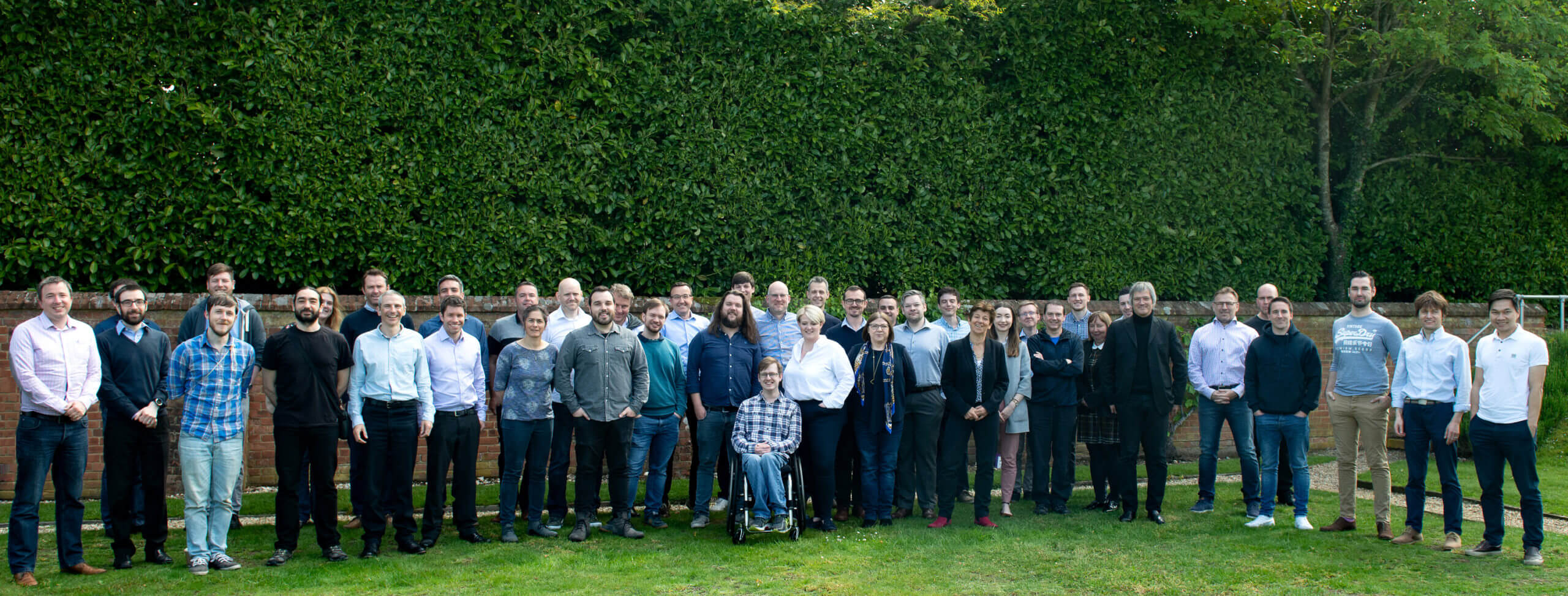“I recently read a McKinsey article with the same title as above, you can find it here.
As you would expect from McKinsey it is a well thought out article and well worth a read if you want a broad view of the state of play and options for Core migration. There are however a few points I would add.
The article talks to the choices facing Banks in the USA but I can say from current experience plenty of Banks in APac are also actively looking at this area. Whilst, as the article points out, traditional Core migrations are risky and expensive I believe we are now at a point in the digital revolution where we can see the end of hollowing out the core as an effective and cost effective approach. Banks won’t run out of runway next week with this, there are probably 3–5 years before that tech strategy really blows a hole in the bottom line. However, even with latest technology incumbent banks face a multi-year journey to fully componetise and migrate to a next generation stack. So, if you don’t start now you may look OK for another few years but it will suddenly be too late to make the big change.
Speaking specifically with my Thought Machine hat on I would also offer up some supplementary thinking on the key challenges the authors point out:
- At scale problem : Thought Machine is founded upon the same battle tested open source stack as organisations like AWS and Google whose scale dwarfs even the largest banks. Whilst this technology is somewhat new for Core banking it is well proven in other domains.
- Functionality problem : With Thought Machine’s “bank product as code” platform we offer the capability to support more products than any legacy system across multiple divisions (consumer, business etc) all on the same ledger. This also offers massively increased agility for product development which benefits differentiation and offers future proofing.
- Integration problem : no doubt this is the biggest challenge and this is where real cloud native has the advantage over the marketing version; those legacy companies that have lifted and shifted their monolithic code into a container, stuck some api’s on it and declared it cloud native. Thought Machine Vault is api & microservice enabled from the ground up vastly increasing the ability to integrate.
- Public cloud problem : Thought Machine Vault is cloud native AND cloud agnostic with deployments having been done in AWS, GCP, Azure, IBM cloud as well as their Red Hat Open Shift. This means we support Public, Private, Hybrid and even on premise options.
The time to be actively exploring this is Now.”
Original article published here: https://medium.com/@ntwilde63/core-systems-strategy-for-banks-80575b422470


